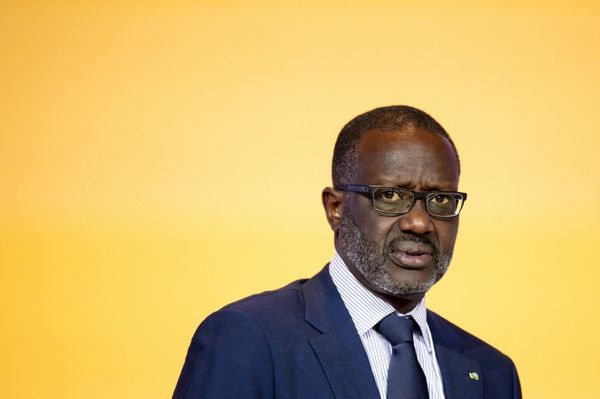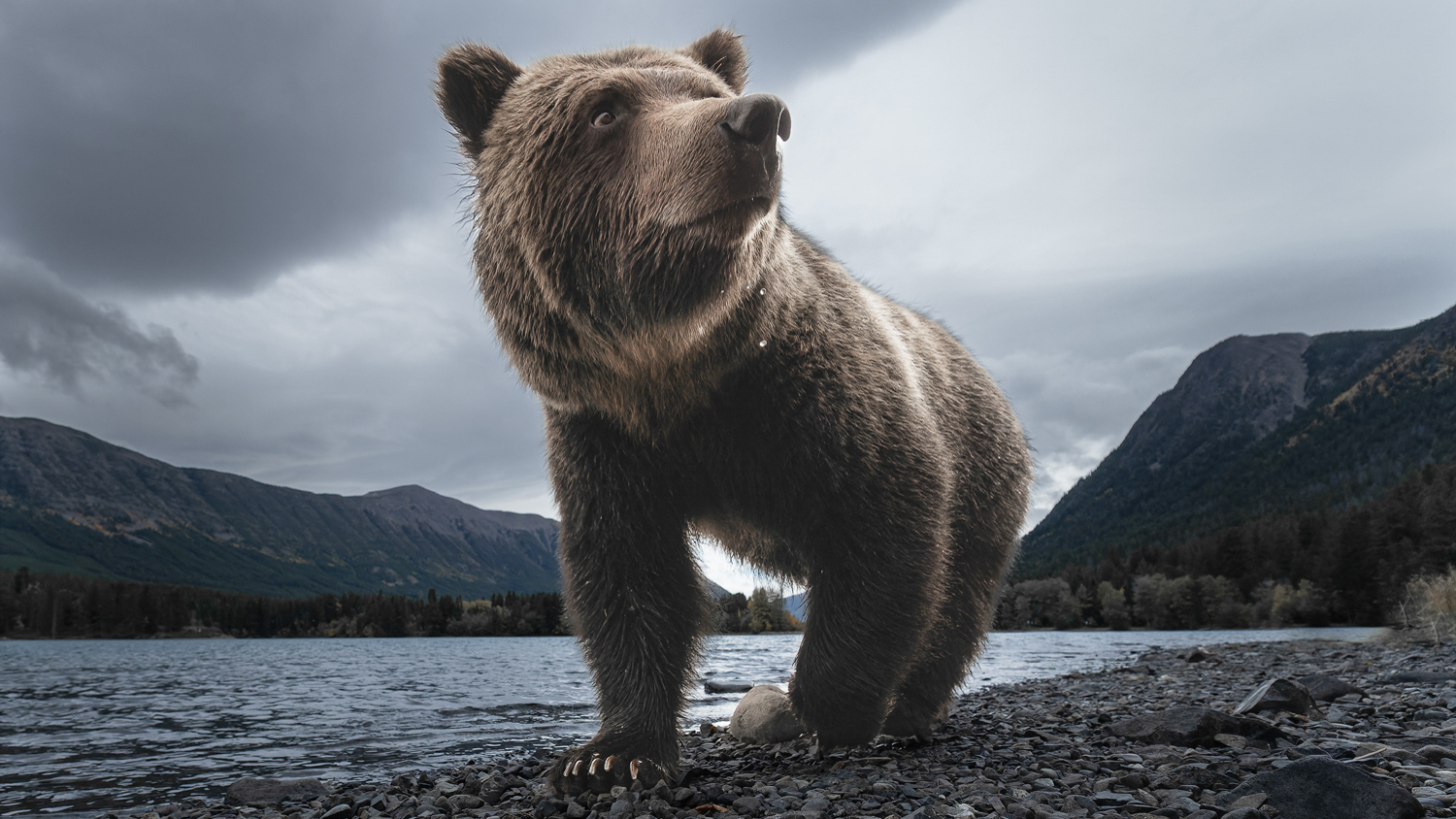
Author of a dozen books about photography and two collections of monographs, David duChemin will be one of the headline speakers at The Photography and Video Show at London’s ExCeL in March.
Highly regarded for his wildlife photography, duChemin is also a deep thinker about the craft and you can ponder many of his ideas in his latest book: Light, Space & Time: Essays on Camera Craft and Creativity, published by Rocky Nook.
DuChemin’s talk at The Photography and Video Show on 9 March will explore some key themes of the 20 chapters in the book, so it promises to be a must-see.
Ahead of his arrival on stage at ExCeL, we sat down with duChemin to find out more about his new book and the talk that it will inspire…
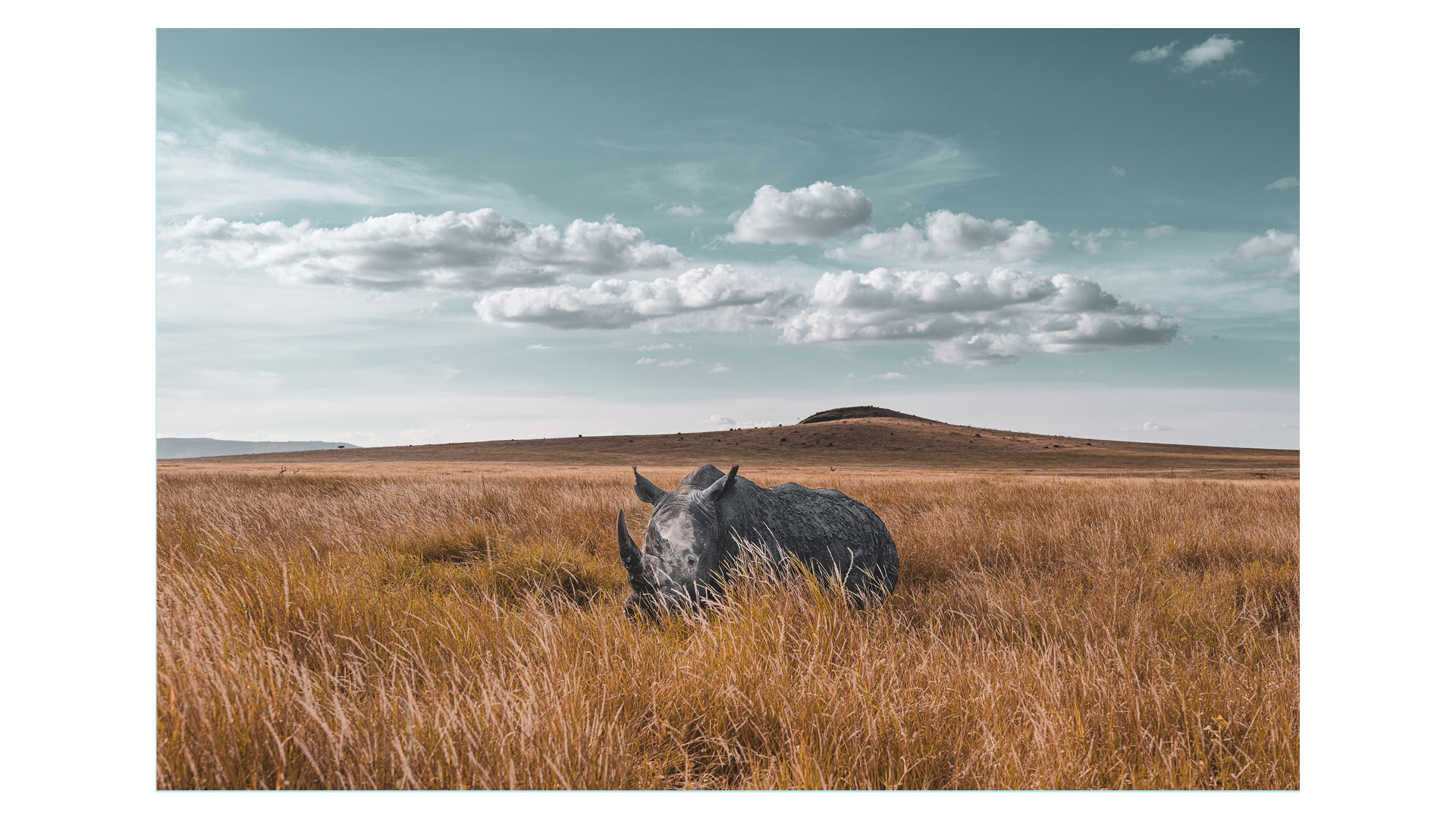
Which particular wildlife species are you drawn to photographing?
If I could only photograph one species, it would be bears, probably because they’re so easily anthropomorphised; you can look into the face of a bear and see personality and emotion in a way that a picture of an eagle can’t convey.
If you look at my wildlife work, most of it is what you would call 'charismatic megafauna' – I have a soft spot for elephants, rhinoceros, any of the apex predators, such as bears, wolves, lions and leopards.
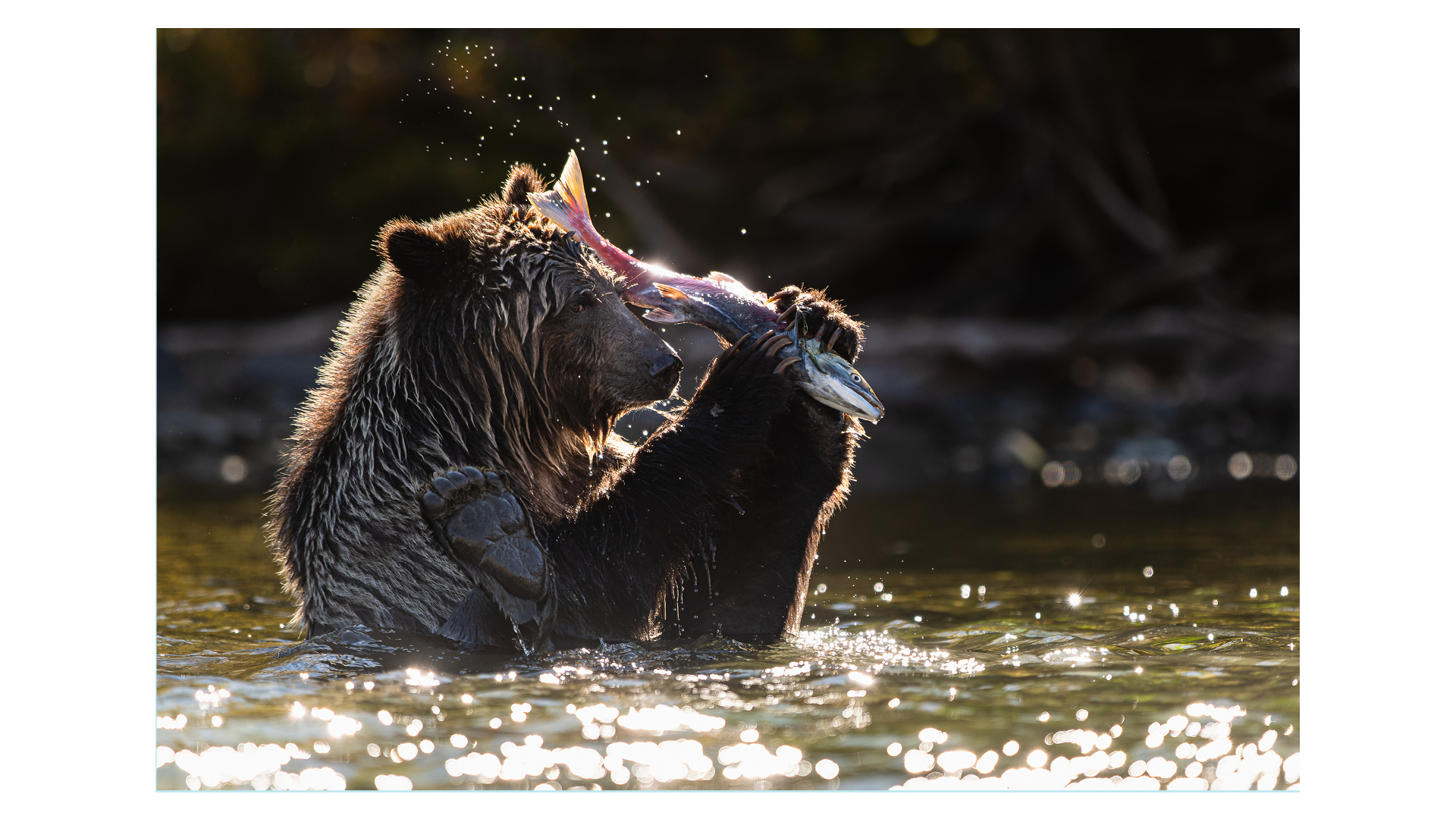
There's 'straight' wildlife photography and fine-art wildlife photography. What do you strive to capture in your wildlife photography?
Any photograph is a picture of something, but as Edward Weston said, a photograph of a rock needs to mean something more than just being a photo of a rock.
Whether it's a moment of tenderness, something specific about an animal, a look in the eye, power, grace – maybe there’s a moment of interaction between a mother and a cub – I very much hope to capture something that resonates.
We cannot simply be drawn to a sharp picture of an animal taken from any angle at any moment; there needs to be something more.
If you look at my portfolio, I hope that you see a strong emotional element to my work. A story or the hint of a story – 'This is what a bear looks like' – is not enough for me.
We know what bears look like. I want my photography to be something more along the lines of what an encounter with a bear feels like and if I can identify that, then I can make a decision about choosing one point of view over the other, the kind of light, the aperture, the shutter speed.
I believe a photograph has to be about something in order for it to resonate with us on an emotional level.
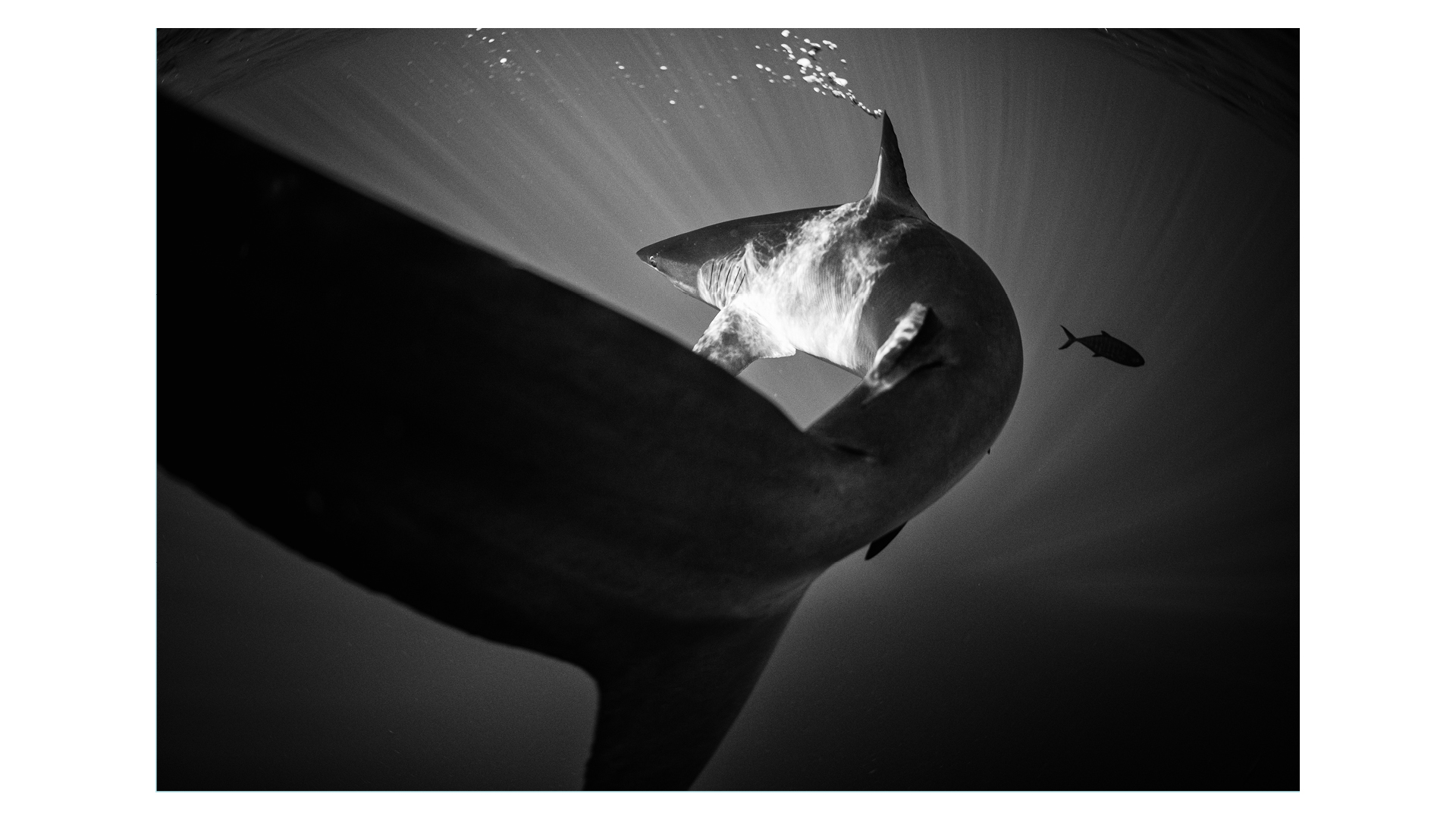
For you, what is the essence of good photographic storytelling?
I think it's juxtaposition and contrast. When you have a young subject in contrast with an older subject like a cub and a mother, something small in the context of something large, predator and prey, I think if we can introduce that juxtaposition or that contrast of ideas, then that will help propel the story, especially if you only have one frame to do it in.
If you have a series, then of course it's a little easier to imply change, action and conflict, the things that make a good story. Even in a single frame, though, I think we can imply it. A blade of grass coming from a piece of concrete or a tree coming up through a rock… that contrast of inorganic and organic implies a story about overcoming challenges and thriving in our environment.
Storytelling is a big subject, but in novels it tends to be conflict. In photographs, storytelling comes through as contrast or juxtaposition.
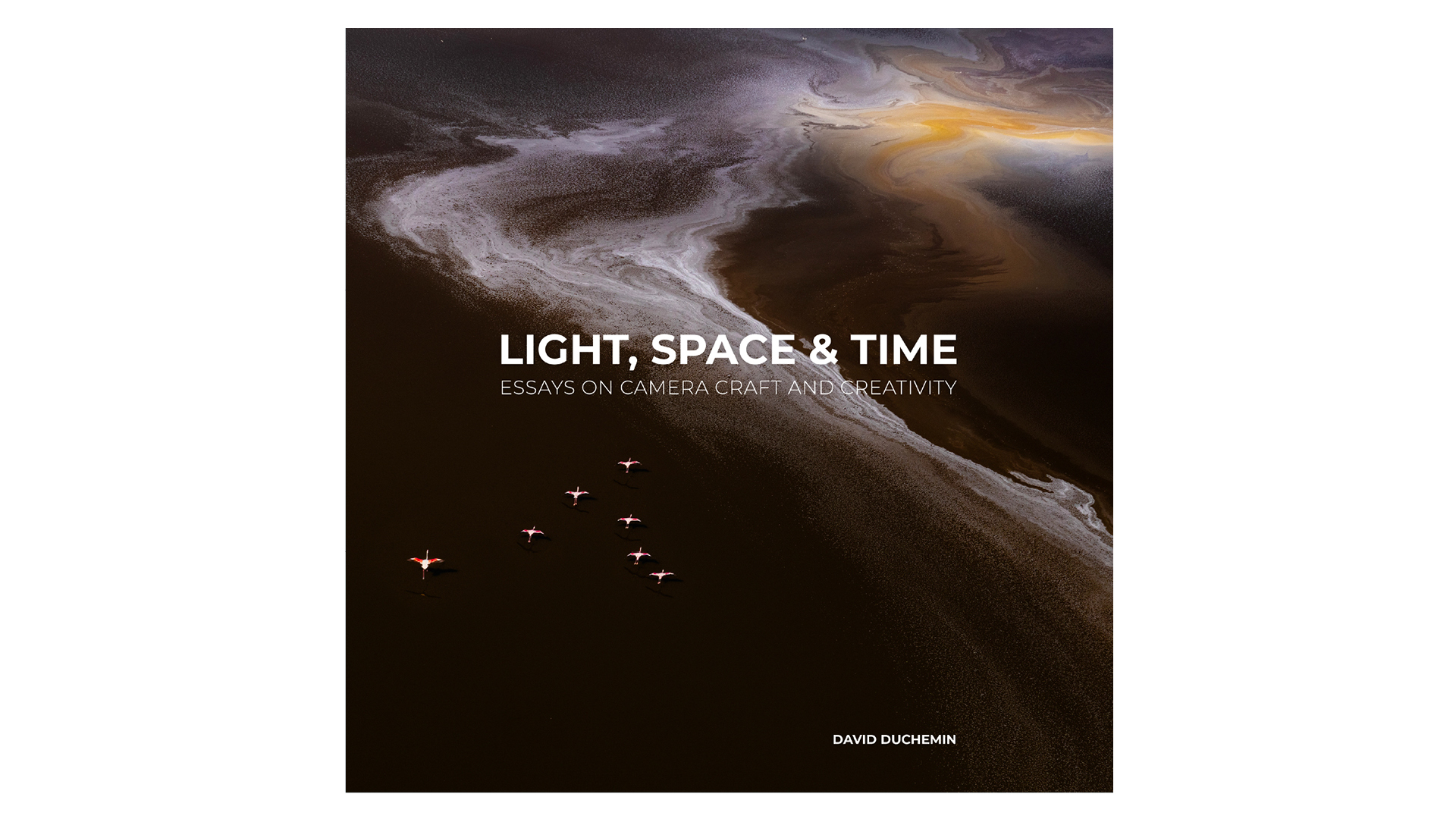
How does Light, Space & Time differ from your previous books?
Writing the book began with the premise that our biggest challenge as photographers is not usually technical, it’s creative.
There is a point at which we know our cameras well enough to get the job done; the rest, although we will always be learning new technical challenges, is creative.
It's whether we pick up the camera in the first place. It's how we think about stories. It’s how we respond to the creative challenge. Even the things we feel about our work, we’re constantly comparing ourselves with other photographers.
And I think that is detrimental to making work that's truly our own. Light, Space & Time tackles not so much the photograph as it tackles the photographers themselves.
How do we think about being a photographer – how do we overcome the challenge of making something that is not merely sharp, because the camera does that quite well, not merely well exposed because the camera also does that well?
But a photograph that is truly our own in the context of what it means to be a messy human being that’s frustrated staring down the barrel of a 600mm lens when things aren’t going the way we want, who is limited in their thinking by the compositions they’ve made before and wants to try something new, these creative challenges are what make photographers, and how we respond to them is what makes us distinct – our particular use of color, our particular tastes and preferences for composition.
Those challenges are not insignificant. And I would argue that our obsession with the gear and the technique, those things are important but they are insufficient.
We need to have conversations about what it means to be creative people, because there are all kinds of rabbit trails from there.
This book takes 20 of them and it perhaps asks more questions than it answers, but important questions that we need to be asking ourselves.
Find out more Light, Space & Time by David duChemin is published by Rocky Nook (ISBN 979-8-88814-200-4) and is on sale now, priced $55/£38.
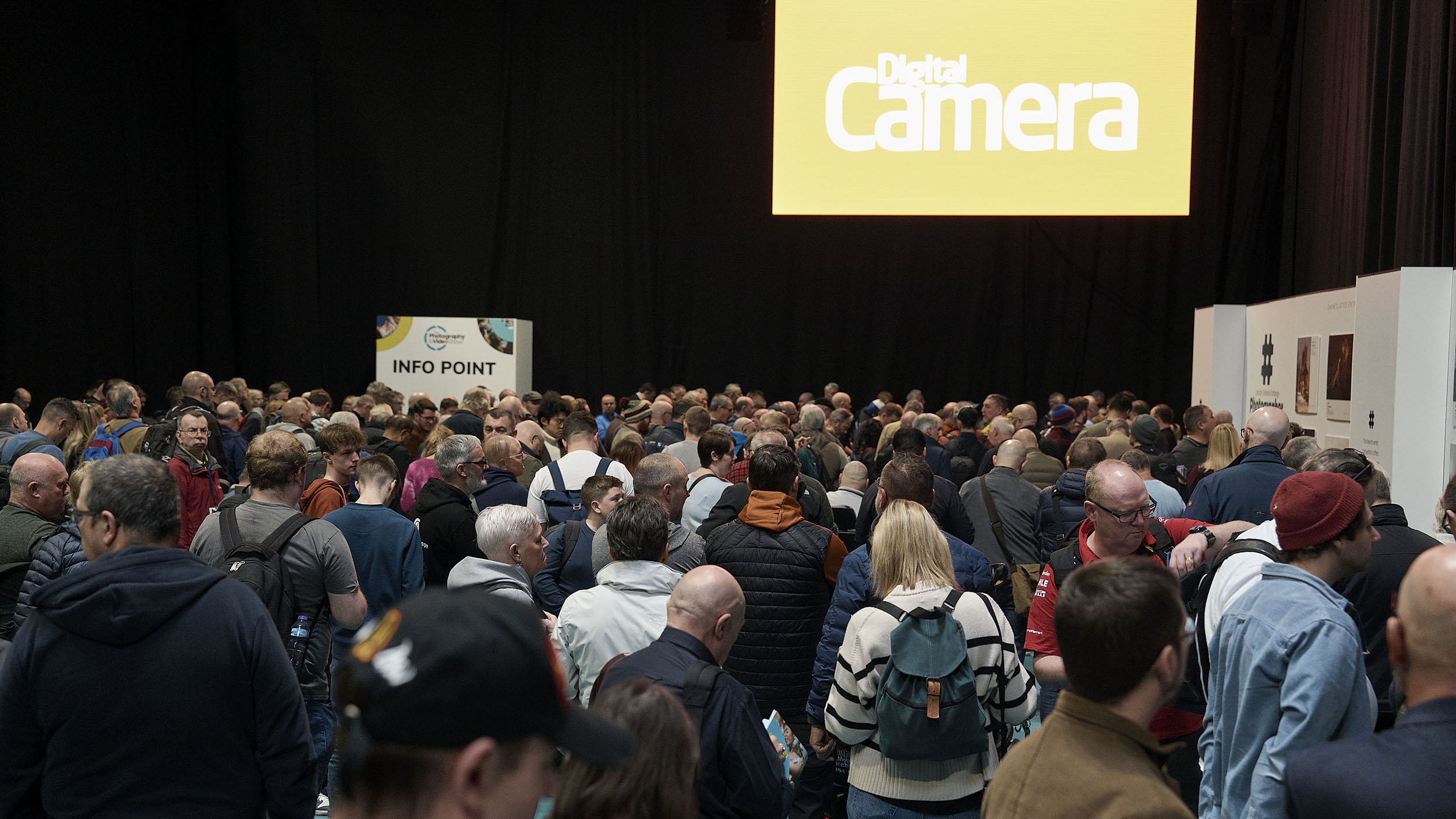
What will you be talking about at The Photography & Video Show?
I will be speaking about the creative challenge of being a photographer, about ideas like the intersection of light, space and time, and the emotional challenge of picture-making in a world that is so saturated by pictures – and by comparison this competitive atmosphere that for some reason the photography world has fully embraced.
I'll be speaking about making pictures that are not only good, but that are uniquely our own, and the astonishing joy and challenge of doing that.
'Light, Space & Time' with David duChemin takes place at The Photography & Video Show on 9 March at 3.45pm.
Tickets for the show are now on sale – get a 20% discount on standard tickets by using the code DCW25 on The Photography & Video Show website – but you can also buy tickets on the door.





